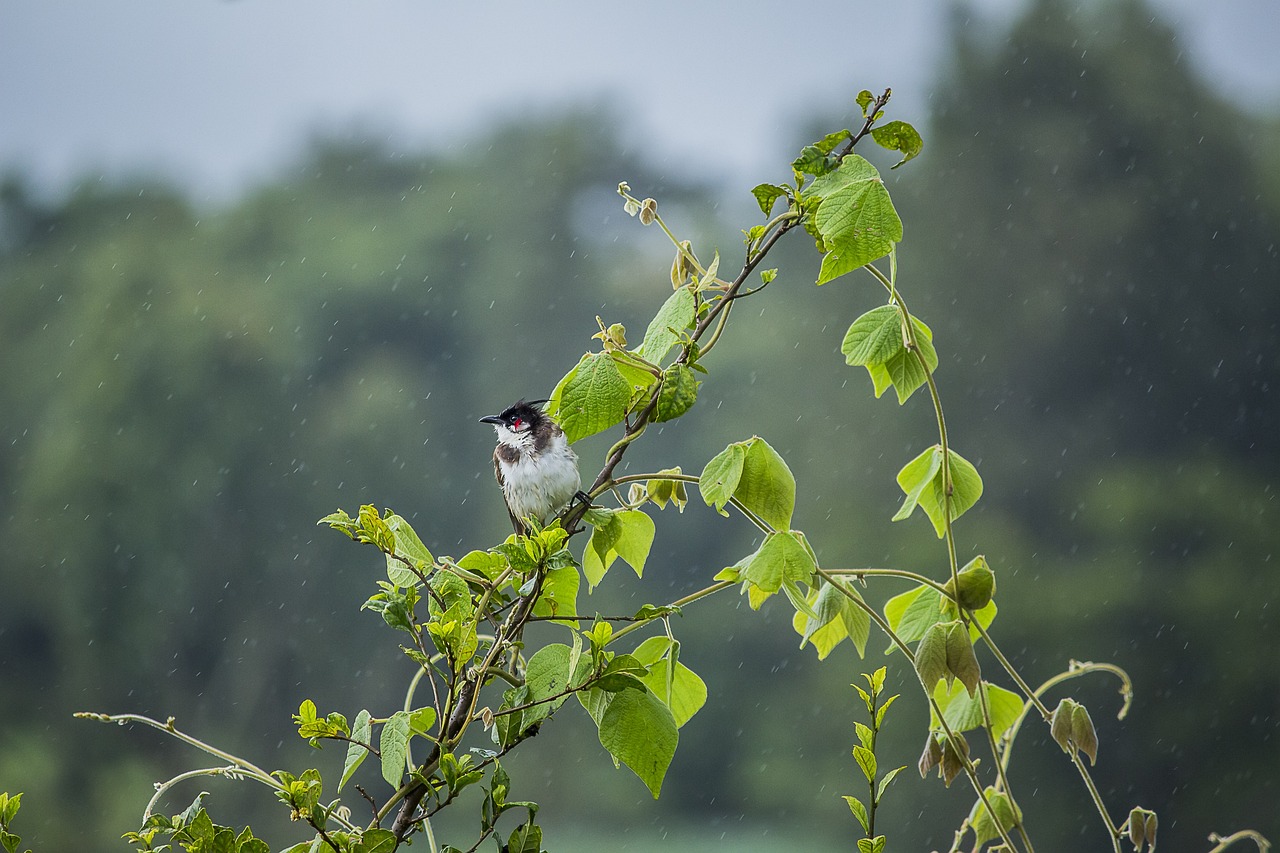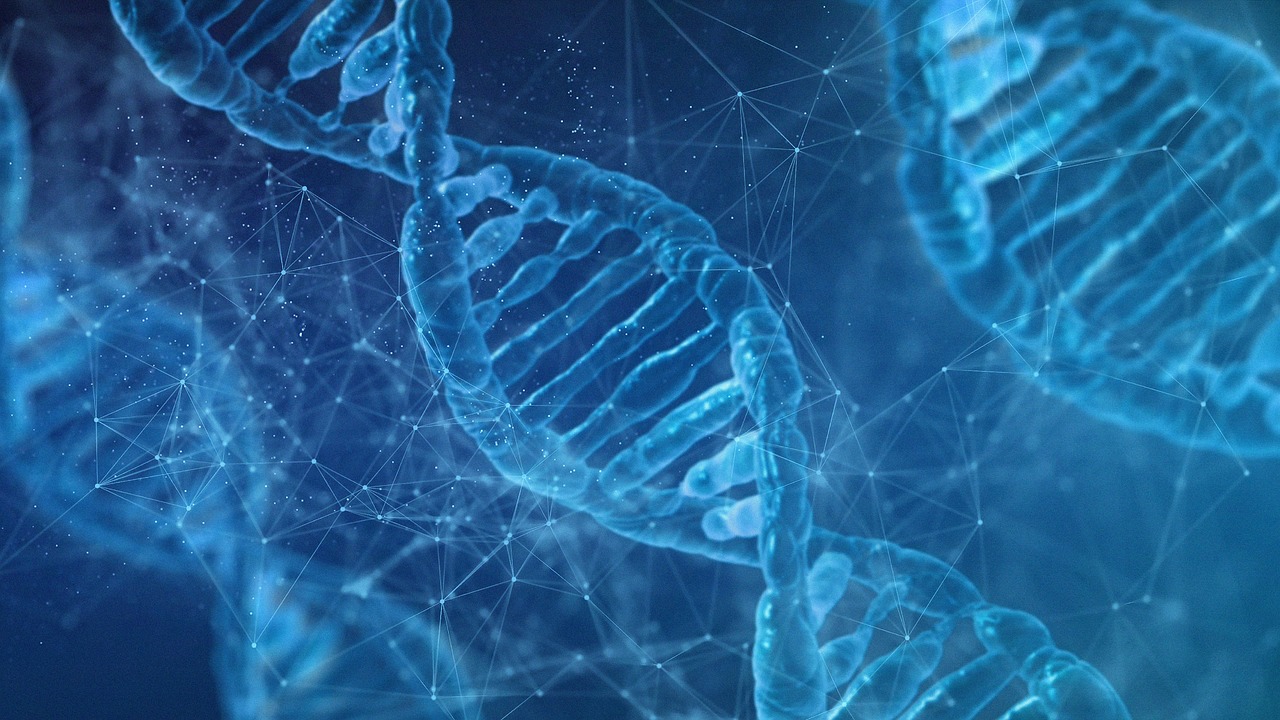Bioluminescence is the production and emission of light by living organisms. It occurs due to a chemical reaction involving the enzyme luciferase and the molecule luciferin, which produce light when oxygen is present. This process is common in a variety of marine organisms, like jellyfish, plankton, and certain fish, but also occurs in some terrestrial species like fireflies and fungi.
The light produced through bioluminescence serves several purposes, including:
- Attraction (for mating or luring prey)
- Camouflage (by blending with light from the surface)
- Communication (signaling within species)
- Defense (distracting or deterring predators)
Bioluminescence differs from fluorescence or phosphorescence because it is a natural, enzyme-driven chemical reaction, rather than the re-emission of absorbed light. It is particularly prevalent in deep-sea environments where sunlight does not penetrate.
Bioluminescence has been observed in various parts of India, primarily along the coastline and in certain water bodies. Notable instances include:
- Beaches in Maharashtra (e.g., Juhu Beach, Mumbai) and Goa: Several reports have emerged of bioluminescent phytoplankton (such as Noctiluca scintillans) creating a blue glow in the water. These events often occur at night when the waves disturb the bioluminescent organisms, causing them to emit light.
- Andaman and Nicobar Islands: The phenomenon is frequently reported in the waters surrounding the islands. The bioluminescence is usually seen due to the movement of small marine organisms, like dinoflagellates, which light up in response to disturbances.
- Thane Creek, Maharashtra: Researchers have recorded bioluminescence in the creek, especially during post-monsoon periods when the water is rich in organic material that promotes the growth of Noctiluca species.
- Backwaters in Kerala: During specific seasons, patches of bioluminescence have been spotted in Kerala’s backwaters, although it is less frequent than along the open coastlines.
- Lakshadweep Islands: Bioluminescent waves have been witnessed here, particularly during the night, making the waters glow with a striking blue hue due to marine microorganisms.
Bioluminescence in India is usually seasonal and linked to the proliferation of plankton, especially in areas with low pollution levels, where natural ecosystems thrive. It is often described as a breathtaking natural phenomenon, attracting tourists and nature enthusiasts.

